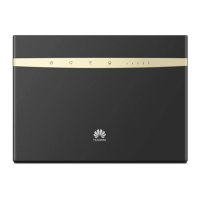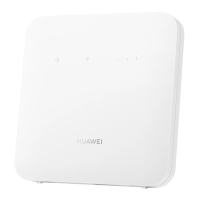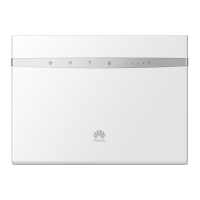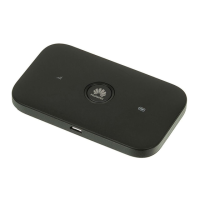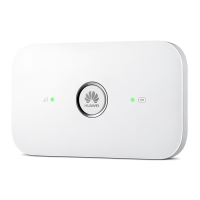LampSite Solution
Product Description
Huawei Proprietary and Confidential
Copyright © Huawei Technologies Co., Ltd.
2.1.2 Typical Configurations
Table 2-1 shows typical configurations of the LampSite solution in a single-mode network.
Table 2-1 Typical configurations of the LampSite solution in a single-mode network
One cell per
RHUB, without the
combining among different
RHUBs
Two cells per
RHUB, without the
combining among different
RHUBs
Two cells per RHUB, with
the combining of every two
cascading RHUBs
Two cells per RHUB, with
the combining of every
four cascading RHUBs
The LBBPd1 board is used as an example in Table 2-1 and Table 2-2. Each LBBPd1 board supports a
maximum of three LTE cells, and each WBBPf board supports a maximum of six UMTS cells. The
combining in Table 2-1 and Table 2-2 refers to RF signal combining.
Table 2-2 shows typical configurations of the LampSite solution in a dual-mode network.
Table 2-2 Typical configurations of the LampSite solution in a dual-mode network (UMTS+LTE)
LTE: One cell per RHUB
UMTS: Two cells per RHUB, without
the combining among different RHUBs
1 UMPT + 2 LBBPds
+ 2 WBBPfs
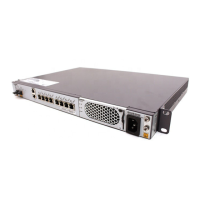
